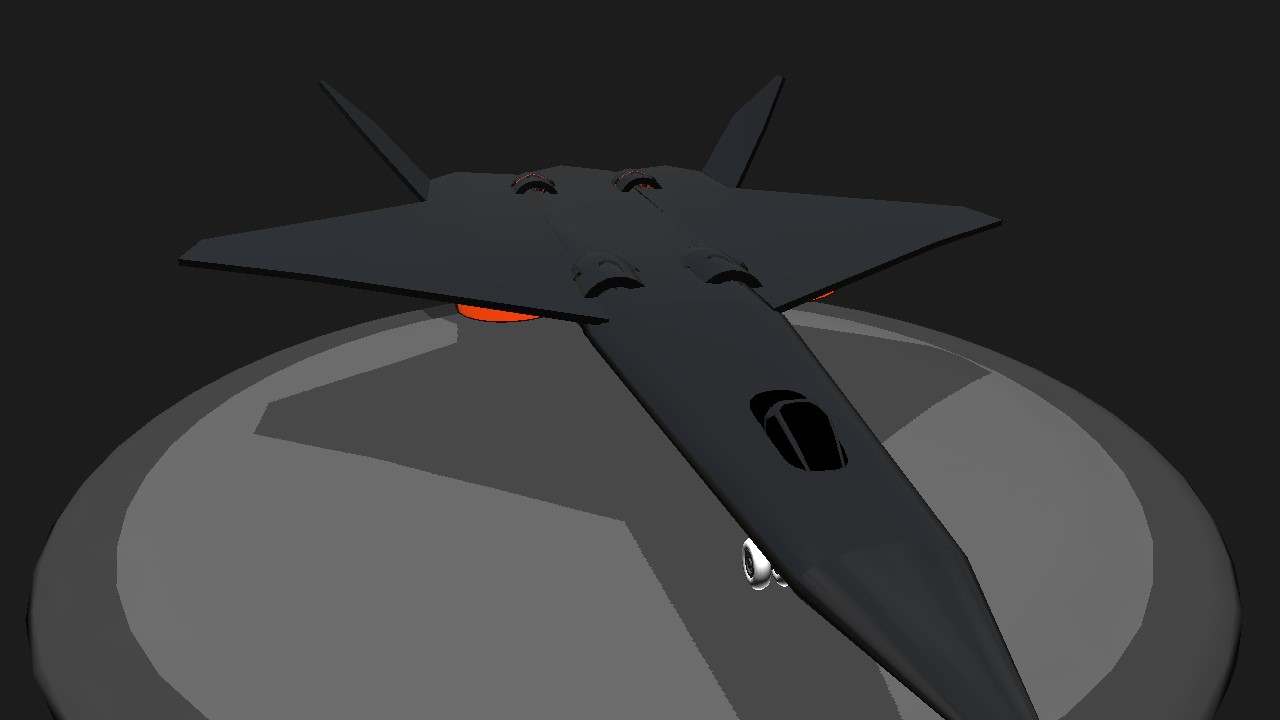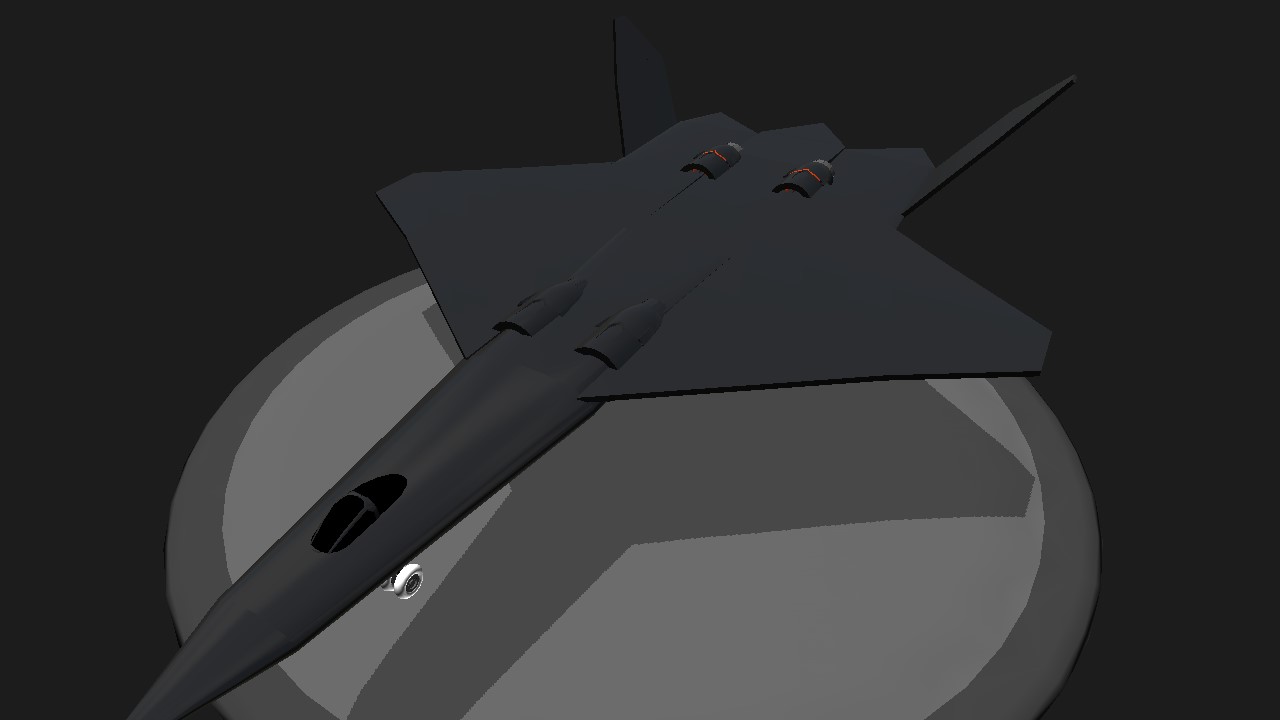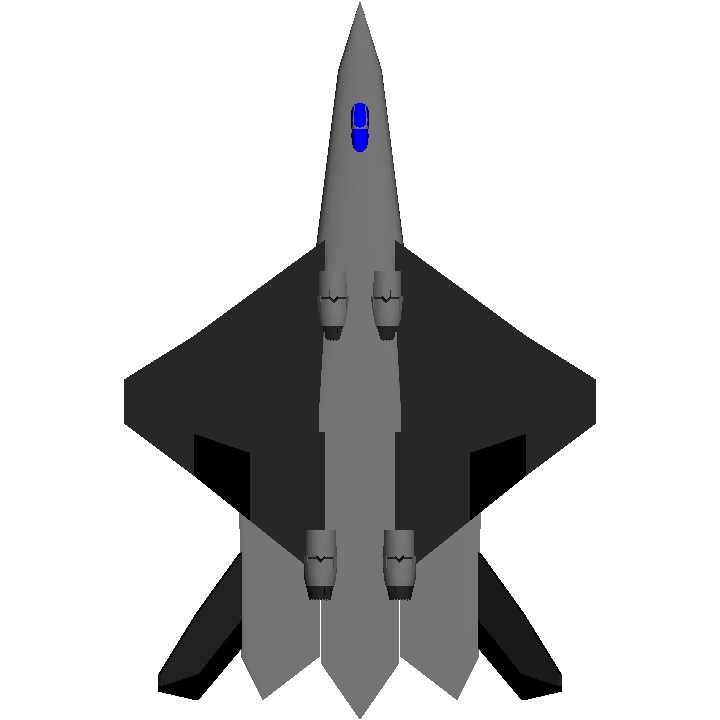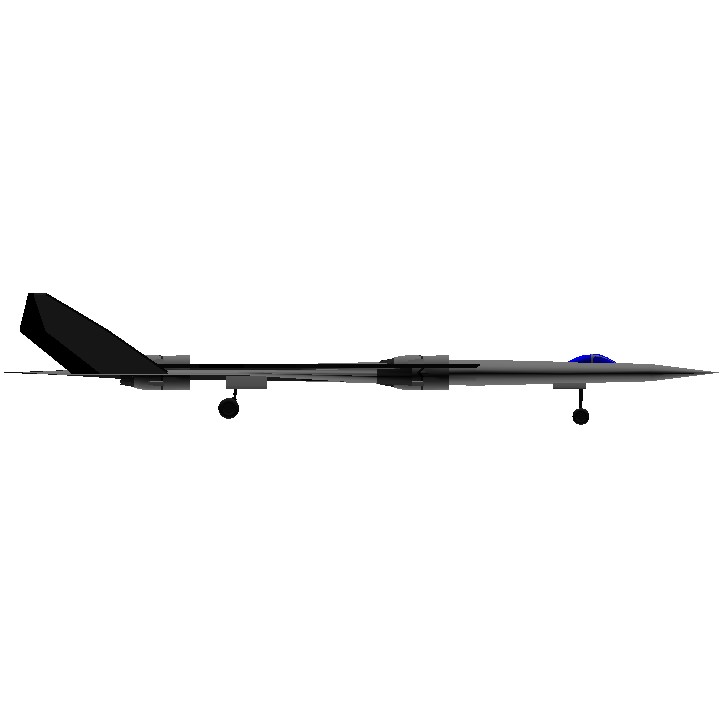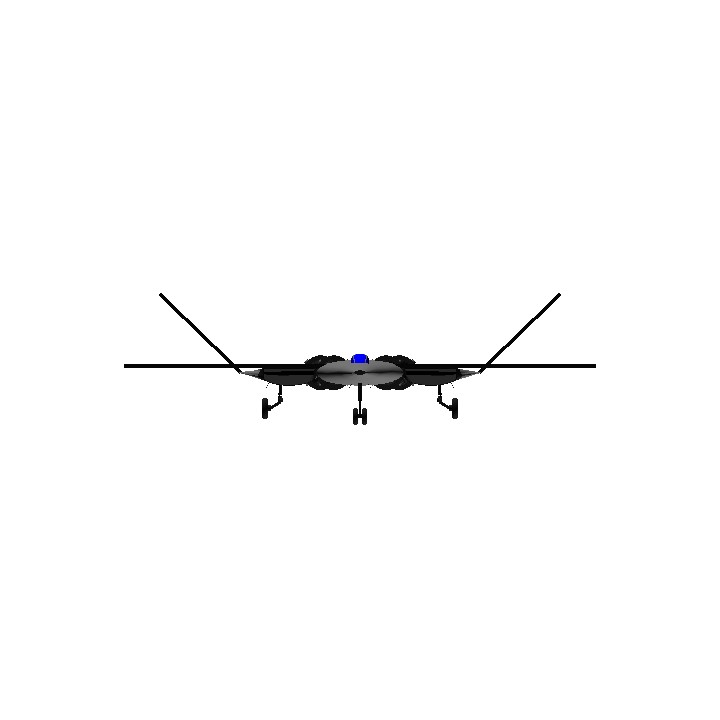Development organization
By the United States Northrop and McDonald-Douglas two companies
Foreign language name
YF-23
Country of origin
U.S.A
First flight time
27 August 1990
Nicknames
Black widow blackwidow
Type
Fourth Generation Fighter Verifier
Captain
20.6 meters
wingspan
13.3m
Machine height
4.3 meters
Empty weight
14,970 kg
maximum take off weight
29,000 kg
Maximum flight speed
2,655 kilometers per hour
Maximum range
4,500km From 1969 to 1970, the US Air Force's FX program (a new generation of heavy fighter, the final result being the F-15) was in the critical final selection stage, while Tactical Air Force Command has turned its eyes to the successor of FX. During this period, the Tactical Air Force Command invested in a project code TAC-85 and made a preliminary exploration of FX successor. The TAC-85 research report was completed in 1971 and put forward a conceptual prototype. Researchers call this concept prototype the Advanced Tactical Fighter (ATF). This is only a fairly rough concept. It is impossible to expect to see the shadow of today's F/A-22 from this concept, but it is indeed the first step towards the fourth generation supersonic fighter. In the following several years, the Tactical Air Force Command has successively carried out some small-scale research programs to make technical reserves for the future ATF. In addition to the tactical air force command, other relevant departments are not idle. Shortly after the success of the F-15 first flight, the Flight Dynamics Laboratory at Wright Patterson Base launched a comprehensive technical study on the next generation of fighter planes. These studies were later incorporated into a major technology development program, known as the Advanced Fighter Technology Integrated Application Program (AFTI). Almost at the same time, DARPA began to carry out similar research programs.
Since 1971, the F-8 Crusader, affiliated to the Flight Dynamics Laboratory, has successively conducted research and test flights on supercritical airfoils and digital fly-by-wire flight control systems. Then, the CCV research was carried out. One B-52 and one F-4 were successively converted into CCV research machines for test flight. In particular, the flight test of the F-4CCV has enabled Americans to obtain valuable technical data, paving the way for the successful application of the on-demand layout. [2]
Specifications
General Characteristics
- Created On Android
- Wingspan 44.1ft (13.5m)
- Length 67.7ft (20.6m)
- Height 12.3ft (3.7m)
- Empty Weight 23,790lbs (10,791kg)
- Loaded Weight 41,339lbs (18,751kg)
Performance
- Power/Weight Ratio 3.261
- Wing Loading 50.7lbs/ft2 (247.5kg/m2)
- Wing Area 815.4ft2 (75.8m2)
- Drag Points 7016
Parts
- Number of Parts 29
- Control Surfaces 6
- Performance Cost 429

